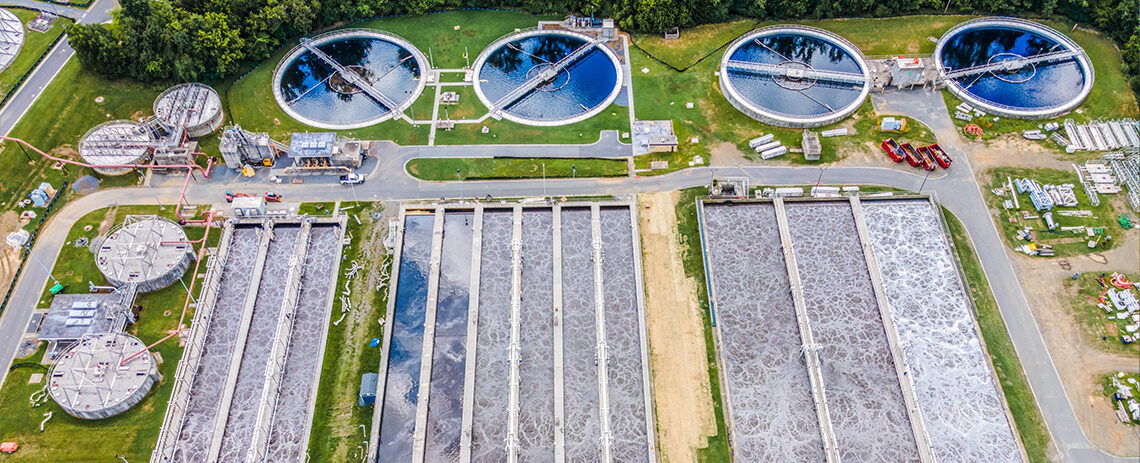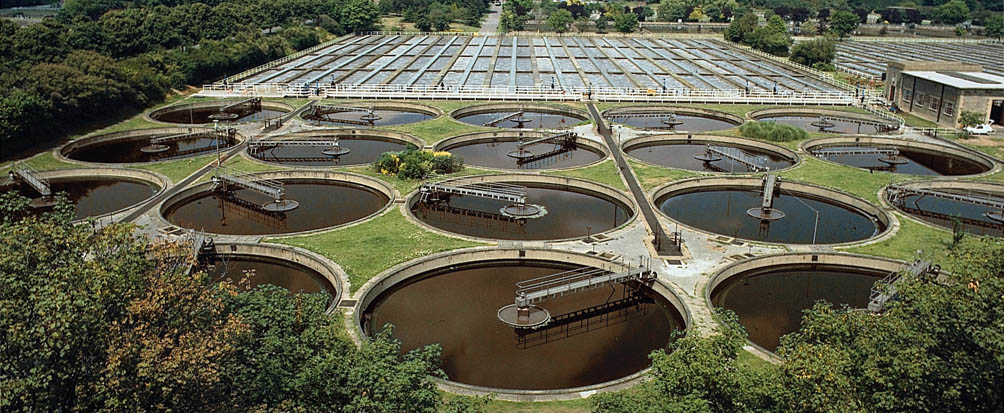Ways to Reduce Environmental Impact with Proper Wastewater Disposal
Wiki Article
Comprehending Wastewater Therapy Processes and Their Environmental Influence
The complexities of wastewater therapy processes play a crucial role in mitigating environmental obstacles associated with water air pollution. Each stage, from initial to advanced treatments, is made to deal with details contaminants, eventually safeguarding both public health and wellness and marine communities. In spite of technical innovations in treatment efficiency, considerable obstacles persist, including the administration of recurring pollutants and the ramifications of nutrient drainage. As we explore the intricacies of these processes, it becomes important to wonder about just how much existing techniques can evolve to meet the growing demands of sustainability and environmental preservation.Summary of Wastewater Treatment
How is wastewater transformed into a safe source for the setting? Wastewater therapy is a crucial process developed to eliminate impurities from utilized water, therefore protecting public wellness and shielding ecological communities. This procedure starts with the collection of wastewater from household, industrial, and business sources, which is after that guided to treatment facilities.At these facilities, numerous physical, chemical, and organic methods are used to deal with the wastewater. Initial testing removes huge debris, adhered to by sedimentation to different heavier solids. Ultimately, biological therapies, such as triggered sludge procedures, use microorganisms to damage down organic matter. These methods not only reduce contaminant degrees however additionally assist in the recovery of useful nutrients.
The dealt with effluent can be safely discharged right into natural water bodies or recycled for watering and industrial objectives, promoting resource preservation. Furthermore, the therapy procedure generates biosolids, which can be repurposed as plant foods or soil changes, better enhancing sustainability.
Phases of Therapy Procedures
The wastewater treatment procedure normally consists of three key phases: preliminary, main, and second treatment. Each phase offers an unique duty in reducing the contaminant lots and making sure the effluent fulfills environmental standards prior to discharge.
The main treatment stage focuses on the physical separation of suspended solids from the wastewater. With sedimentation, much heavier bits clear up at the end of sedimentation storage tanks, developing sludge, while lighter materials, such as oils and greases, float to the surface and are skimmed off. This process considerably decreases the organic and inorganic load in the wastewater.
Secondary treatment is a biological procedure focused on more lowering the focus of raw material. Various methods, including triggered sludge systems and trickling filters, utilize microbes to metabolize natural pollutants. This stage is essential for achieving the necessary biochemical oxygen need (BODY) reduction, inevitably causing cleaner effluent prepared for discharge or further therapy. Each stage is crucial in safeguarding ecological and public health and wellness.

Advanced Treatment Technologies
Adhering to the second treatment procedures, progressed treatment modern technologies play a crucial role in additional enhancing the high quality of treated wastewater. These innovations are designed to eliminate recurring pollutants that are not properly eliminated throughout key and additional therapies, making sure the effluent meets strict governing criteria.Amongst the extensively utilized innovative therapy methods are membrane layer filtration, reverse osmosis, and progressed oxidation processes. Membrane layer purification, including microfiltration and ultrafiltration, works in dividing great particles, virus, and colloids from the water (Wastewater). Reverse osmosis uses semi-permeable membrane layers to remove dissolved solids, leading visit here to high-quality water suitable for different applications
Advanced oxidation procedures (AOPs) use strong oxidants to deteriorate natural toxins, consisting of pharmaceuticals and personal care products that are resistant to traditional therapy. These techniques improve the biodegradability of complicated substances, promoting their elimination.
An additional substantial technology is the use of biological nutrient removal processes, which specifically target nitrogen and phosphorus, stopping eutrophication in obtaining water bodies. On the whole, innovative therapy technologies are important for achieving higher levels of purification, advertising water reuse, and protecting public great site health while dealing with the difficulties connected with wastewater management.
Environmental Advantages of Therapy
Countless ecological benefits emerge from effective wastewater treatment procedures that add to ecosystem health and wellness and sustainability. Mainly, these processes considerably reduce the launch of unsafe toxins into natural water bodies, which aids keep water environments. By eliminating contaminants such as hefty metals, nutrients, and pathogens, dealt with wastewater alleviates the danger of waterborne diseases and advertises biodiversity in aquatic environments.Moreover, wastewater therapy facilities usually utilize advanced modern technologies that enable water recycling and reuse. This method not only saves fresh water resources yet additionally reduces the need on all-natural water supplies. Boosted nutrient removal from wastewater can additionally stop eutrophication, a procedure that brings about algal blooms and succeeding oxygen depletion in water systems.
In addition, effective treatment processes can minimize greenhouse gas exhausts, particularly methane and laughing gas, which are usually released throughout neglected wastewater disintegration. By catching and making use of biogas from anaerobic digesters, centers can convert waste right into renewable energy, therefore adding to a decrease in fossil fuel reliance.
Obstacles and Future Trends
While the ecological advantages of wastewater treatment are clear, a number of obstacles continue that impede ideal results in this area. One major problem is aging facilities, which often leads to ineffectiveness and enhanced operational prices - Wastewater. Many therapy plants were made decades back, and their abilities do click not align with modern demands, that include more stringent governing criteria and higher volumes of wastewater due to urbanization
Looking ahead, there is an expanding focus on resource recuperation and round economic climate principles within wastewater therapy. Developments such as anaerobic food digestion, which can create biogas, and advanced purification innovations are acquiring grip. These techniques not only boost treatment performance however also advertise sustainability.
Inevitably, attending to these challenges calls for partnership amongst stakeholders, investment in technology, and a dedication to ongoing research study. By embracing these fads, the wastewater treatment sector can progress to meet the needs of a changing atmosphere and society.
Final Thought
To conclude, wastewater therapy procedures play an important duty in enhancing ecological quality and public wellness. The multi-stage treatment framework, paired with advanced innovations, effectively reduces air pollution and promotes lasting water management. By resolving residual pollutants and decreasing nutrient overflow, these procedures add to the preservation of water ecological communities and the reduction of greenhouse gas emissions. Continued improvements and adjustments in treatment techniques will certainly be crucial for conquering emerging difficulties and making certain the sustainability of natural resources (Wastewater).Report this wiki page